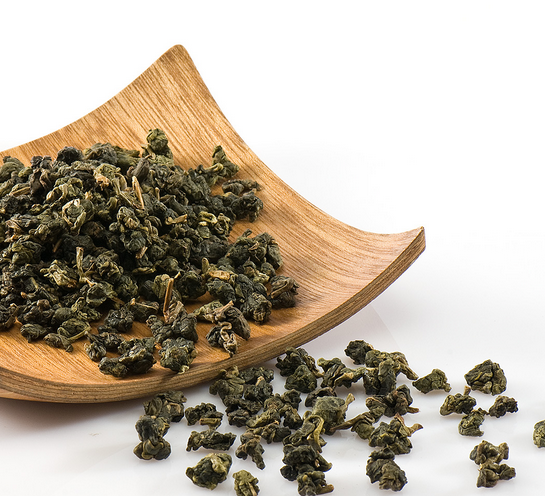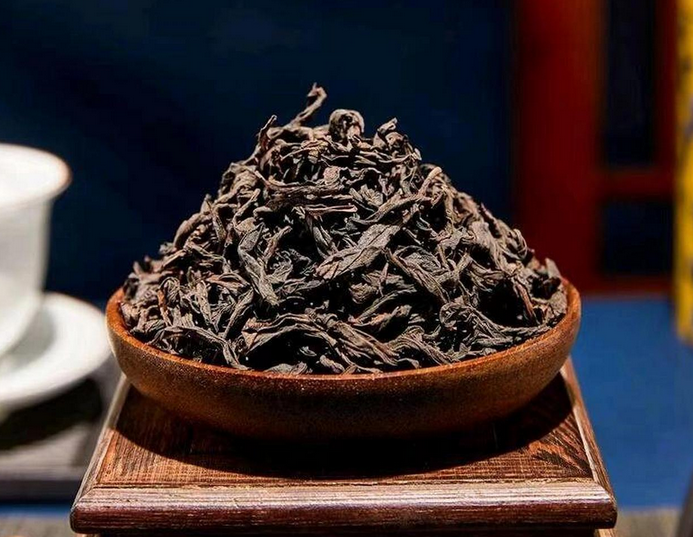Do you know Oolong tea Leaves?
Oolong tea, a traditional Chinese tea, occupies a unique position between green and black teas. Known for its rich flavors and numerous health benefits, oolong tea has gained popularity worldwide. This guide delves into the various aspects of oolong tea, from its types and health advantages to brewing techniques and storage tips.
What is Oolong Tea?
Oolong tea is a partially oxidized tea, placing it between green (unoxidized) and black (fully oxidized) teas. The term “oolong” translates to “black dragon” in Chinese, referencing the dark, twisted appearance of the leaves. The oxidation process, ranging from 10% to 85%, imparts a diverse range of flavors and aromas, from floral and fruity to rich and roasted.
Oolong Tea Leaves: Bridging Ancient Wisdom and Modern Science
From the rocky cliffs of Wuyi Mountain to the misty peaks of Alishan, oolong tea embodies China’s tea culture with its semi-oxidized artistry. Backed by millennia of tradition and cutting-edge research, oolong tea is celebrated for its balance of health benefits and complex flavors. Studies reveal its EGCG and polyphenols boost metabolism by 30%while theaflavins reduce LDL cholesterol by 26%.

Types of Oolong Tea
1. Wuyi (Rock Tea)
Originating from the Wuyi Mountains in Fujian, China, Wuyi oolong teas, such as Da Hong Pao, are known for their robust, roasted flavors. These teas are often referred to as “rock teas” due to the rocky terrain where they are grown.
2. Anxi (Tieguanyin)
Anxi County in Fujian is famous for Tieguanyin, a lightly oxidized oolong tea with floral notes and a sweet aftertaste. Its name translates to “Iron Goddess of Mercy.”

3. Guangdong (Dan Cong)
Dan Cong oolong teas from Guangdong are known for their single bush origins and diverse flavor profiles, ranging from fruity to floral.
4. Taiwanese Oolongs
Taiwan produces several renowned oolong teas, including Dong Ding and Alishan, characterized by their creamy textures and floral aromas.
Explore our selection of Oolong Teas at Tanbiwencha.
Health Benefits of Oolong Tea
Oolong tea offers numerous health benefits:
- Weight Management: Compounds in oolong tea may aid in weight loss by boosting metabolism.
- Heart Health: Regular consumption can help reduce cholesterol levels and improve heart health.
- Mental Alertness: The caffeine and L-theanine content enhances brain function and alertness.
- Antioxidant Properties: Rich in antioxidants, oolong tea helps combat oxidative stress.
Learn more about the health benefits of oolong tea.

Brewing the Perfect Cup of Oolong Tea
To brew oolong tea:
- Water Temperature: Use water between 85°C to 95°C (185°F to 203°F).
- Tea Quantity: Use about 1 teaspoon (2 grams) per 150ml of water.
- Steeping Time: Steep for 3-5 minutes, adjusting to taste.
- Multiple Infusions: High-quality oolong teas can be steeped multiple times, revealing different flavor notes.
Discover our teaware to enhance your brewing experience.
Culinary Uses and Pairings
Oolong tea’s complex flavors make it a versatile ingredient in culinary applications:
- Cooking: Use brewed oolong tea as a base for soups or to marinate meats, imparting a subtle tea flavor.
- Baking: Incorporate oolong tea into desserts like cakes, cookies, or ice creams for a unique twist.
- Pairings: Oolong tea pairs well with a variety of foods, including seafood, poultry, and lightly spiced dishes.
Selecting and Storing Oolong Tea Leaves
To enjoy the best quality oolong tea:
- Selection: Choose teas with whole, unbroken leaves and a fresh, fragrant aroma.
- Storage: Store tea in an airtight container away from light, moisture, and strong odors to preserve its flavor.
Browse our Oolong Tea for premium selections.
Conclusion
Oolong tea offers a rich tapestry of flavors and health benefits, making it a cherished beverage worldwide. Whether you’re a seasoned tea enthusiast or new to the world of oolong, exploring its diverse types and brewing methods can be a rewarding experience. Visit Tanbiwencha to discover high-quality oolong teas and elevate your tea journey.
- Chinese Kung Fu Tea
- Chinese Tea Ceremony
- Chinese Tea Culture and History
- Chinese Tea Knowledge
- Health Benefits of Chinese Tea
- How to Brew Chinese Tea
- Tea Learning
- Types of Chinese Tea
- Types of Chinese Tea Sets
Aged Dark Tea aged pu erh tea Aged Tea Baihao Yinzhen benefits of white tea Blacktea black tea black tea benefits Chinese black tea Chinese Dark Tea Chinese Oolong Tea Chinese Pu Erh Tea Chinese tea Chinese tea culture chinese tea from china chinese tea in chinese Chinese white tea dark tea Fuding White Tea green tea how to brew white tea liubao tea oolong oolong tea Premium Loose‑Leaf Tea Pu Erh Tea puer tea pu er tea ripe pu erh tea Rock Tea Silver Needle silver needle white tea tea tea chinese tea White Peony tea (Bai Mudan) white tea white tea shot white tea shots wulong wulong tea Wuyi Rock Oolong Tea Wuyi Rock Tea wu yi tea Yunnan Pu Erh Tea Is Pu-erh Tea a Black Tea



